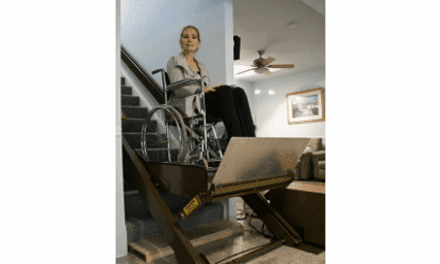by Anthony J. Brown, MD
Last Updated: 2007-09-25 17:03:23 -0400 (Reuters Health)
NEW YORK (Reuters Health) – Aerobic and anaerobic exercise capacity is decreased in children and adolescents with juvenile idiopathic arthritis (JIA), according to the results of two studies by Dutch investigators.
The findings of a third study suggest that although the exercise capacity of these children is diminished, adherence to an exercise program can improve functional outcomes. All three studies are reported in the August 15th issue of Arthritis and Rheumatism.
In the first two studies, Dr. Tim Takken, from University Medical Center Utrecht, and colleagues examined aerobic and anaerobic exercise capacity in 62 children and 22 adolescents with JIA. Bicycle ergometry and other standard tests were used to assess aerobic capacity, while the Wingate Anaerobic Exercise Test was used for anaerobic testing.
"The biggest finding was the reduction in the anaerobic exercise capacity (the ability to make short sprints, etc)," Dr. Takken told Reuters Health. "Previous studies were very small and were biased (very inactive controls, for example) or used a surrogate measure for anaerobic performance (50 meter running)."
In both age groups, maximal oxygen uptake and average power were impaired in the JIA group relative to healthy controls. Peak power also tended to be lower in the JIA group.
Among children with JIA, the authors found important subgroup differences. JIA patients with oligoarticular disease onset had little or no impairments in exercise capacity, whereas those with polyarticular rheumatoid factor positive-onset disease had marked impairments in both aerobic and anaerobic capacity.
"We need to find ways to increase the daily activities of children with arthritis (increasing extra-curricular sport activities)," Dr. Takken said. "Currently, we are running a nationwide program to stimulate sports and physical activities in children with arthritis."
In the third study, Dr. Debbie Ehrmann Feldman, from the University of Montreal, and colleagues used parental questionnaires to assess adherence to medical and exercise therapy in 175 children with JIA.
The authors found that patients with moderate to good adherence to medical therapy had lower active joint counts than those with poor adherence. Similarly, moderate to good adherence to exercise were tied to better functional scores.
"Mounting evidence shows that children with JIA can improve their physical fitness through carefully structured and supervised aquatic or land-based physical conditioning programs with no increase in disease activity," Dr. Susan Klepper, from Columbia University in New York, writes in a related editorial. The present findings "suggest that anaerobic training may also be beneficial, particularly with regard to improving functional capacity and performance of both basic and more complex daily activities."
Arthritis Rheum 2007;57:887-912.




